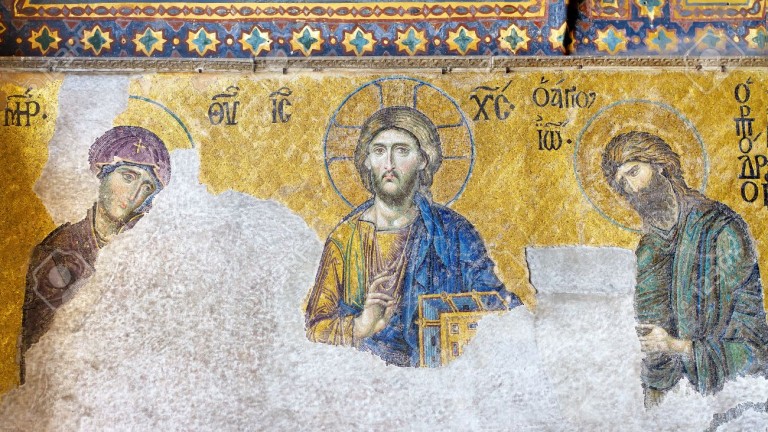Despite Turkey’s status as a secular Muslim country, its historical timeline in Christianity is strong and still evident in the country today. Indeed the Cappadocia Fathers, who later became saints stemmed from the central Anatolian region and are widely contributed with spreading Christianity in its early days. Saint John, Paul, and the Virgin Mary also travelled throughout various districts around the country. Various landmarks throughout Turkey portray Christian times before it fell to the Ottoman Empire, including the first church in Antioch and the house of the Virgin Mary in Selcuk, believed to be the place of her ascension. The most prominent and significant though would have to be the seven churches of Revelation, which have become a popular biblical tour for foreign visitors.
What were the Seven Churches of Revelation?
Mentioned in the New Testament, and sometimes called churches of Asia, they were ancient cities that existed in the present day Aegean region of Turkey. They all received a letter from John of Patmos, informing them of what they did well, and where they failed. Some in spectacular fashion were guilty of major crimes against their religion like Ephesus, who had forsaken their first love or Pergamum who allowed false teachers to preach. While little remains of some of the churches, the former glory of others is seen through painstaking excavation work that has taken place.
A Tour of the Seven Churches
As well as being a revelation church, Ephesus is also where riots took place after Saint Paul preached in the theatre against worshipping the false god of Artemis. The large theatre nestled into the side of the hill, claims status as one of the best preserved in the world, yet other city landmarks deserve equal amounts of attention including the Roman houses that belonged to rich citizens with slaves. The same slaves would warm up stone seats in the public latrines just across the road and prepare their masters for a visit to the agora or Celsius library, where 12,000 scrolls made it the largest library in the ancient world.

The church of Smyrna refers to the current day city of Izmir, Turkey’s third largest, and a prominent hub of finance, business, culture, and tourism. In history, citizens abandoned most of the other cities, yet Izmir continued to grow and this possibly explains the lack of Byzantine landmarks within the region, although visitors can explore the agora built by Alexander the Great or enjoy a panoramic view over the city neighbourhoods, from the castle. Just a short distance away is Pergamum, most notably renowned for top quality parchment paper and often featured in travel brochures because of its extremely steep 10,000-seat theatre built in the hillside. Sadly the great altar of Pergamum sits in the Berlin museum but excavators did a marvellous job of restoring the temple of Trajan, the agora, and lower acropolis district. 42 miles east, Thyatira, the home of the false prophet Jezebel, receives very few visitors possibly due to its location outside of touristic areas. A 16 feet basilica dating from the 5th century AD and Greek inscriptions on stones lying among the ruins are favourite features.

Within the same district of Manisa, Saint John accused the population of Sardis of being soft and faint-hearted, yet this is surprising since its military strength gained respect and admiration. The Jewish synagogue is by far the biggest surprise among this collection of ruins. It belonged to the larger bath and gymnasium complex that was in use for more than 400 years. Historians proved that in later years, rooms of the synagogue were converted into changing rooms for the gym, possible for use by soliders. The sixth church of revelations is Philadelphia, also belonging to the Manisa district. Commended for their patience, despite their persecution from Jews, the modern agriculture town of Alasehir engulfed most of ancient Philadelphia but two columns from the Byzantine church still stand. Lastly Laodicea, near the natural landmark of Pamukkale, is the seventh church. The agora, highlighting itself up with red poppies in the springtime, leads to the nymphaeum (source of fresh water), but the grandest structure is the stunning temple of Athena. The entrance flanked by four columns leads to a glass platform amassing a view of Pamukkale in the distance and an abundance of ancient relics underneath it. Note: Along with a qualified guide and driver, all seven churches of revelation can be seen on a four-day tour of the western region of Turkey. Note: Find out more details here.







